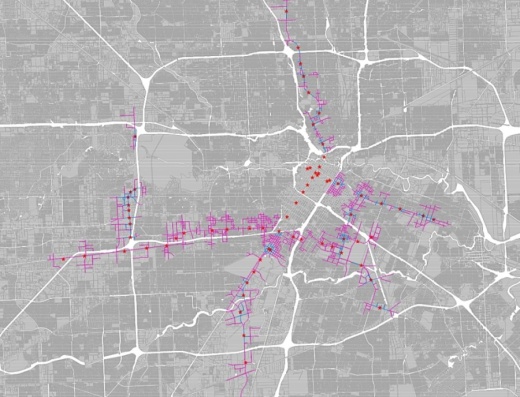"We are literally changing how people move about in the city of Houston," Mayor Sylvester Turner said.
The guidelines apply to high-capacity transit corridors—those connected to light rail and existing and future bus-rapid transit lines—and selected pilot areas, including Midtown, the Emancipation Avenue corridor and the Hogan-Lorraine street area. The policies also create a path for property owners or the city of Houston to seek a "Walkable Places" designation for their area.
The policies, which amended existing transit-oriented rules put in place for city's first light rail project down Main Street, were developed by the Walkable Places Committee, which began work in 2017 and formally crafted the recommendations last year.
The guidelines have a range of implications for new development moving forward, from regulating building design, setbacks, the number of required parking spaces and the amount of space for sidewalks and a pedestrian buffer. The transit-oriented development rules, or TOD, will apply to areas within 1,000 feet of a transit station, while properties within a half-mile can opt into the standards but are not required to do so. Walkable Places rules will only apply in the pilot areas or in any area that opts into the designation.
"It is an experiment, but it's a bold one; it's a visionary one," At-Large Council Member David Robinson said.
City Council backed the measure unanimously despite concerns from residents of the Museum Park neighborhood around tree canopies and noise. Turner assured those residents that steps would be taken to address them.
"We have heard you, we appreciate your participation, and it's not one-and-done," Turner said, "We want it to be a win-win, not a win-lose."
The rules will take effect Oct. 1.





